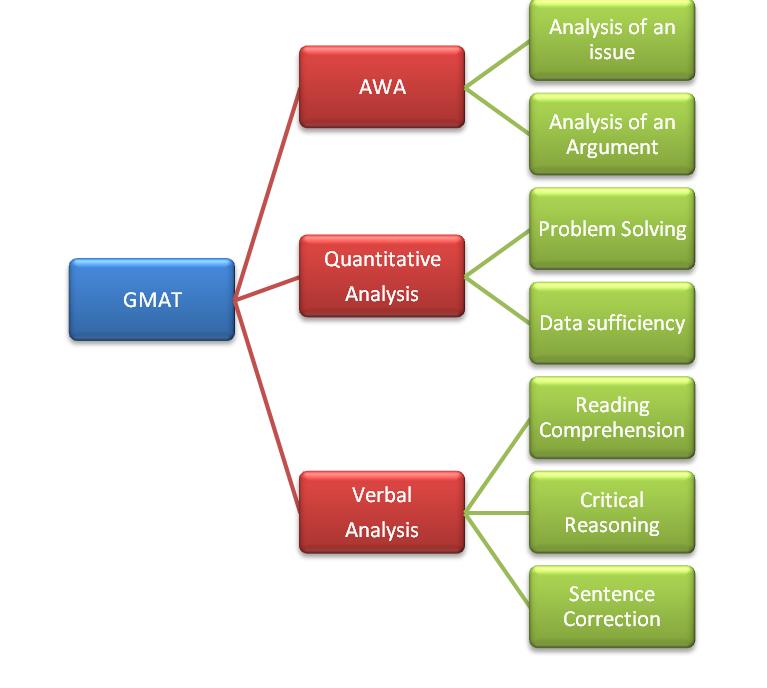

That is, you don’t only want to point out the problem with the argument as it is presented but also give possible solutions. Investigate ways in which additional information pertaining to possible assumptions could both damage or improve the claim. There certainly are some flaws, but you need to be measured in your response.

For instance, don’t say how terrible the argument is, how completely unfounded it is, or that kind of extreme judgment. You must be careful not to “attack” the argument, so avoid pejorative hyperbole.

Read the paragraph or two carefully and understand what the main claim or specific conclusion is. The first thing you always have to do is identify the main claim conclusion, recommendation, or opinion requiring evaluation. Evaluate the reasoning, do not attack the reasoning or offer alternative reasoning. Think of it as a long-form critical reasoning evaluation task. All you have to do is get familiar with this essay task as part of your GMAT exam preparation, and on test day, you will know exactly what to do. Now that you have read the essay task, it may never change, and you may never have to read it again. You can also discuss what sort of evidence would strengthen or refute the argument, what changes in the argument would make it more logically sound, and what, if anything, would help you better evaluate its conclusion. For example, you may need to consider what questionable assumptions underlie the thinking and what alternative explanations or counterexamples might weaken the conclusion. In your discussion, be sure to analyze your line of reasoning and use the evidence in the argument. Static Essay Taskĭiscuss how well-reasoned you find this argument. If you execute the tactics and processes discussed in this article, you should be able to produce a relatively well-written level 5 essay.Īs a GMAT test taker, you must decide beforehand whether it suits you to treat the essay and integrated sections as warmups and therefore do them first, or you prefer to do the quantitative and verbal reasoning sections first before you handle the IR and AWA as a cooldown. So, to be safe, you really must do your best to guarantee a five-point score or higher in your essay. 5 or higher, which is just about the 55th percentile is a safe target score, sometimes even a 4½ could be safe, but a 4 is going to put you at about the 20th percentile because of the scoring system. Your goal here is to hit a 5-point minimum. But for the GMAT essay, whoever is writing the exam has to prove their identity and write the essay in 30 minutes without any assistance. In theory, if someone without English language proficiency was to write an essay in their native language, for example, and have someone translate it, then the admissions office cannot be aware of that. You should consider the GMAT essay exam as a de facto truffle exam, which is an English as a foreign language requirement exam, and basically, it is there to guarantee proficiency in the written English language. The AWA is always going to be the least important section of the GMAT for admissions considerations. How does the AWA compare with the other GMAT sections? That means that if one of them gives you a 4 and the other gives you a 5, then you will have a 4½. You will have two independent graders, one of which may or may not be a computer program, but they will never deviate by more than one point.

The essay is scored independently on a 0 – 6 scale of ½ point increments. It can either be the first or final sections in your variable exam order that is, you can either begin with the AWA, followed by the integrated section, then go to the quantitative and verbal reasoning sections, or you can start with the quantitative and verbal reasoning sections first, then follow it with the integrated reasoning section and finish with the AWA. You will have a total of 30 minutes to consider the argument, write your essay, and finally proofread your essay. Also called the GMAT Essay, the Analytical Writing Assessment(AWA) overall is a single task, which is to evaluate an argument.


 0 kommentar(er)
0 kommentar(er)
